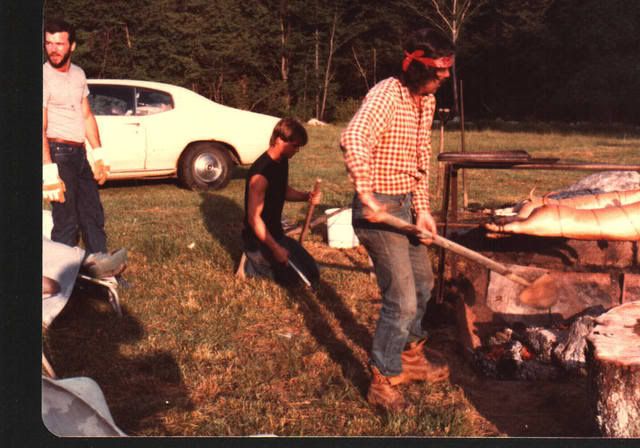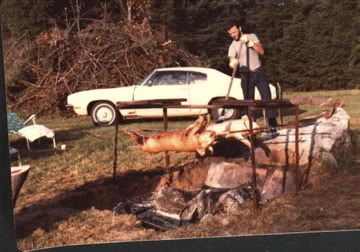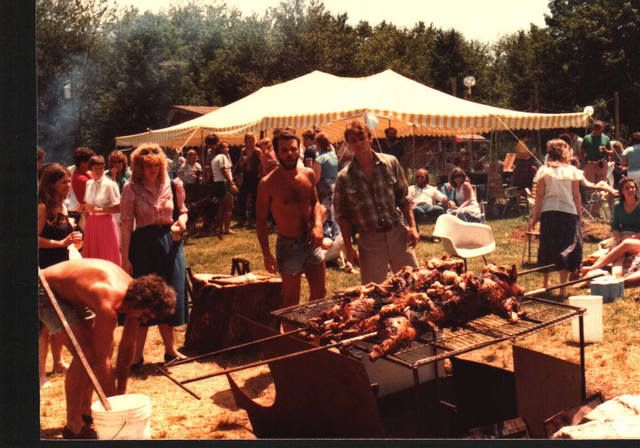Originally posted by Pinny B.:
Not to draw this out forever but I want to get it clear...
I think you should draw out something long enough till you understand it sufficiently for
you. That's what makes information useful, turns it into knowledge.
To answer my original question of, "How far away from the heat source should you keep your food in order to affect indirect cooking," the answer is: (in a closed cooking enviroment) that the farther away from the heat source, the more evenly the heat will disperse and the food will cook.
Within reason, yes. One wants to keep in mind that heat rises; that it will seek an escape if possible; that the interior surfaces of a closed grill will reflect heat, especially those surfaces above the level of the heat source. So, position accordingly.
If I were to persist, "What's the minimum amount of distance from the fire that's neccessary to cook something that needs to be cooked indirectly?" The answer would be: Nothing absolutely must be cooked indirectly. The indirect method of cooking is a merely a method for convenience. If you can't cook sufficiently indirectly, you can substitute by cooking on a (much) lower direct fire and rotating and flipping the food frequently.
Yes.
At first look I wanted to say No, that it was more than that. But it really isn't at all. I just haven't really thought of it that way in some time. But till covered cooking was invented or discovered, people cooked direct all the time in order to make best use of the heat, and either flipped frequently or had inedible food. Some distance from the fuel is required (so one doesn't fry one's hands and so that flare-ups don't char the meat irretrievably from the get-go) but that was figured out early on in the history of cooking over live fire.
This reminds me of this:



These pics show one of my first whole hog cooks (1982?). For this cook, my soon-to-be brother-in-law dug a pit in the ground with his backhoe then overfilled it with seasoned oak. We had quite the bonfire. He made spits and welded a frame for the spits to rest on. When the pile had burned down to below the surface of the ground I put the pigs on. The fire was HOT, so hot that we put metal panels in the pit to reflect some heat so that I could get close enough to rotate the spits. I used a paintbrush attached to a 10- or 12-foot long 2x2 in order to baste. I'd run up to the spits (thickly gloved) and rotate them every 15 min, get back out of the heat then immediately baste with my extended brush and a 5 gal basting mix I'd made. Obviously, the pigs were cooked direct the entire time. I knew the skin would char and crack and curn badly but I also knew it would protect the meat inside. The pigs took 18 hours to cook (rotated every 15 throughout the cook) and they were absolutely delicious. I fed 400 people with those and 120 chickens I cooked on grills; salads supplied by an uncle who had a catering truck.
So, yes, convenience. Even cooking it tougher and certainly more hands-on when cooking direct--especially if what you're cooking is big!



